Interested in purchasing a Plunge cold plunge? Use our Plunge discount code THEHIVE150 at checkout for $150 off
It’s been over 10 years since I’ve done my first cold plunge. When I swam D1 in college, our coach would make us take ice baths after practices in the weeks prior to our big races. We’d sit in these tubs up to our necks in close-to-freezing water for ~5 minutes at a time. And during that time, I’d absolutely dread it. But after each session, I remember feeling more lean, refreshed, and slept like a baby the every night following an ice bath.
Ten-plus years later, and I’m still doing them – but slightly differently. Ice baths, cold plunges or cold baths are all basically the same in nature. Some people sit in a bath full of ice for shorter periods of time, while others sit in cold water (not necessarily filled with ice) for longer periods of time. Either way, both have significant health benefits that are worth the chill.
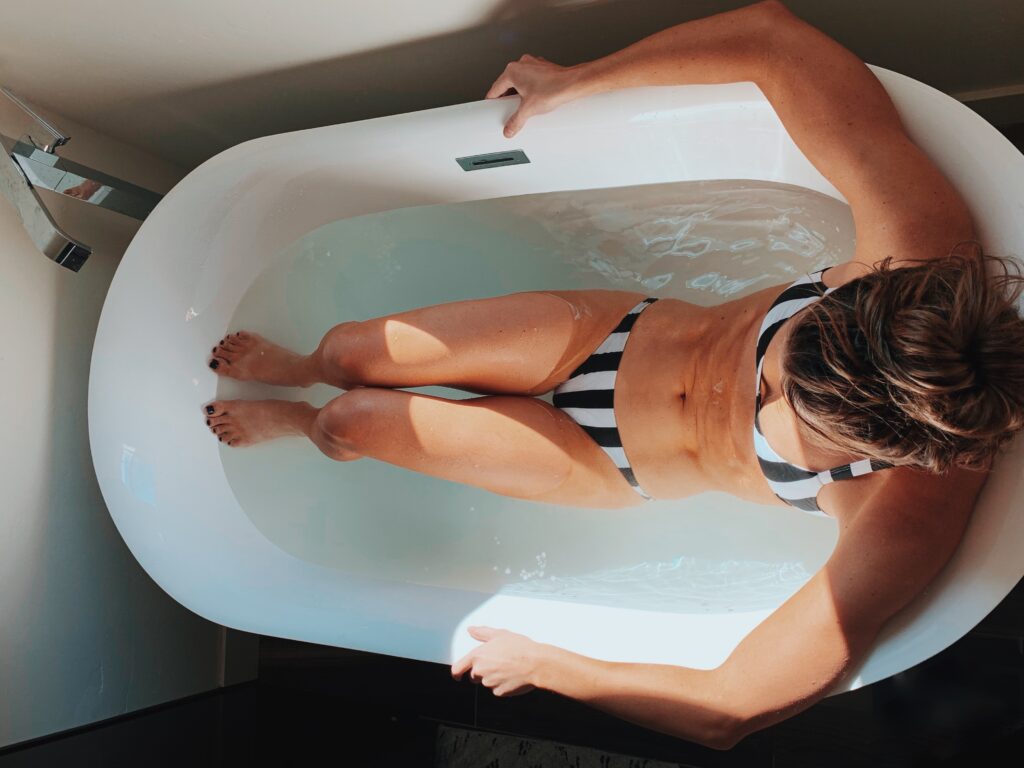
Cold plunges are just an amazing way to flush the body and boost circulation quickly and effectively. One of the biggest lessons I learned from battling Lyme disease is that I should always incorporate practices that help reduce inflammation and toxic burden (they often go hand-in-hand). And once I was able to tackle my problems with inflammation and toxic burden, I was finally able to heal my body from Lyme.
I often find that the LAST thing I want to do is jump in cold water. But the endorphins and anti-inflammatory effects immediate after my plunges give me such a high that they nearly became addicting. Finding ways to reduce my systemic inflammation – and specifically incorporating cold plunges – will forever be a part of my lifestyle.
I don’t know anyone who truly enjoys sitting in cold water (including myself). But I will admit, the confidence that comes from competing against yourself – and winning – will leak into every other part of your life.
Cold Plunge Benefits
First thing’s first – there isn’t a ton of solid research on cold plunges and ice baths. But more studies are coming out on the positive benefits of cold exposure and people wouldn’t be doing them for hundreds of years without a reason.
It’s pretty obvious that cold therapy is great for speeding up muscle recovery, treating inflammation and reducing swelling in the body, but how else does it help? Here are a few cold plunge benefits:
Cold exposure trains the vagus nerve
One of the greatest benefits of cold plunges is being able to train something called the vagus nerve. The vagus nerve runs from the brain, through the face and thorax and down to the abdomen. This nerve is the main contributor of the parasympathetic nervous system and oversees crucial bodily functions, including controlling our mood, immune response, digestion, heart rate and more.
The vagus nerve builds the connection between the brain and the gastrointestinal tract (our second brain) and sends information about the state of the inner organs to the brain. By training the vagus nerve, you train your brain and physical body to handle more stressful situations more adequately.
Cold plunges can reduce body fat
This was one surprising benefit I personally found from doing cold plunges. Research has shown that cold showers and cold exposure stimulates the body’s production of brown fat. Brown fat is a specific type of fat tissue that generates energy by burning calories.
*personal experience here*: I noticed that doing daily cold plunges helped me lose fat in those hard-to-burn areas, like my thighs and lower belly. Definitely an added perk that I was honestly NOT expecting.
Cold plunges help boost the immune system
Studies have found that taking a cold shower increases the amount of leukocytes – white blood cells that ward off foreign substances and disease. When your body is shocked by cold water, the body stimulates leukocytes. By doing regular cold plunges, you can help your body build resistance to sickness.
They can increase endorphins
In a clinical trial, taking a cold shower for up to 5 minutes, 2 to 3 times per week was shown to help relieve symptoms of depression. Sitting in cold water can quickly boost your system to increase alertness, clarity, and energy levels while also releasing mood-boosting endorphins. Cold exposure from plunges also stimulates the release of norepinephrine (a neurotransmitter) and epinephrine, also known as adrenaline. You’ll immediately feel this rush of endorphins the moment you get into the water – so remember to breathe, be mindful, and notice what emotions come up as you sit in the tub.
They build mental resilience
I’ll be honest when I say this – cold plunges do not get easier. But your brain and mental resilience get stronger.
There is no better feeling than climbing out of the tub knowing you just did a badass treatment and exercise for your better heath. This sounds a bit crazy, but I’ve noticed that I have way more confidence and a better approach to tackling tasks throughout the day when I do cold plunges int he morning.
They aid in muscle recovery
This meta analysis showed that short intervals of cold exposure (less than 5 minutes) can be a highly effective recovery tool after high-intensity exercise or endurance training.
As Dr. Andrew Huberman notes, timing of cold exposure for recovery is key: “cold water immersion (but not cold showers) can limit some of the gains in hypertrophy, strength or endurance if done in the 4 hours or so after training. It’s better to wait 6 to 8 or more hours until after training, or do it before training UNLESS your goal is simply to recover without adaptation…”
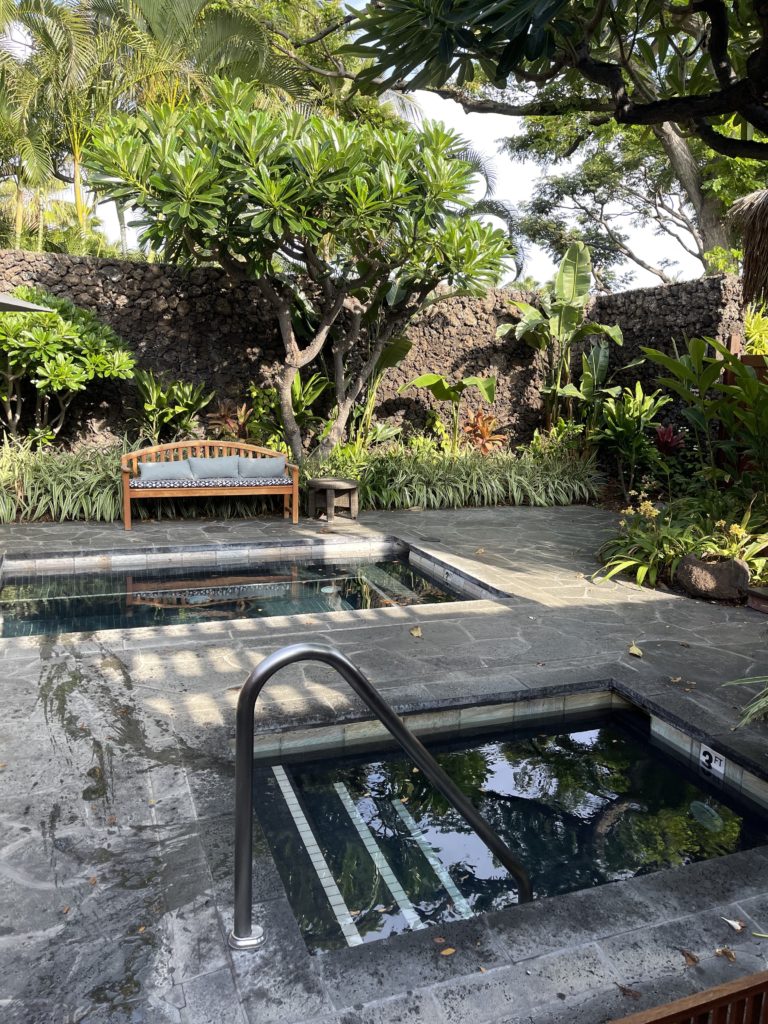
How to do a cold plunge
First thing’s first, let’s remind ourselves that we’re not Wim Hoff. You don’t need to climb up Mount Everest in your shorts to reap the benefits of cold therapy – you can do it with what you have at home. As always, it’s important to talk to your licensed healthcare practitioner before starting any new activities that may affect any pre-existing health conditions.
If you want to start a cold plunge routine, here’s how to get started with what you have at home:
How to cold plunge in the shower
One great way to start your cold plunge journey is by doing a shot of cold water at the end of your shower. It’s an easier way to “dip your toes” into the practice of cold exposure.
Try doing 15-30 seconds of the shower temperature on the coldest setting immediately after your hot shower. You can work your way to a longer time, and eventually walk right into a cold shower without starting with hot water.
How to cold plunge in a bathtub
Temperature: Fill it up the tub on the coldest setting. The water temperature should be uncomfortably cold but still safe to sit in. Because we’re all bioindivideal with our body’s needs and reactions, some people may feel the benefits at 60°F, and others at 40°F.
If your tub doesn’t get as cold as you’d like, add some ice from your freezer to bring the temperature down.
Timing: The key thing to remember with any cold exposure is that the colder the water, the less amount of time you need. Spending a longer amount of time in cool water has been shown to increase dopamine, while shorter stints (roughly 20 seconds) in very cold water has been shown to increase epinephrine. No matter the timing or temperature, you’ll get some solid health benefits.
Getting started: Once you’ve decided on your temperature, start by submerging your legs and lower abdomen, and work your way up to your shoulders. It’s okay to keep your hands and toes out of the water as well. Remember: you want to be uncomfortably cold, to the point of wanting to get out – but also safe enough to be able to stay in without causing harm.
Just like building strength and stamina with exercise, you’ll be able to build your resilience to colder temperatures with more frequent cold exposure.
Our favorite way to get cold exposure? The Plunge
If you’re already experienced in cold plunges, or want to take your practice to the next level, the Plunge for you.
Why we love the Plunge cold plunge:
- It uses a powerful, built-in cooling system to give you cold, clean water whenever you want it – way better than any ice bath or chest freezer.
- It’s safe for indoor or outdoor use – all you need to do is “plug-and-plunge.”
- It goes as low as 39 degrees and all the way up to 103 (yes, it turns into a hot tub!)
Click here and use code THEHIVE150 for $100 off your Plunge purchase!
Cold plunge tips and tricks
After practicing cold plunges for 10+ years, here are a few tips and tricks I learned along the way:
Remember to breathe
This is the most powerful part of doing a cold plunge. The physical aspect of losing your breathe – and gaining control of it again – is what trains the nervous system and builds stress resilience.
Focus on long, complete exhales to slow down your heart rate. Try to also breathe in and out only through our nose for added health benefits.
Do your plunge earlier in the day
Because cold plunges release adrenaline and other energy-boosting neurotransmitters, it’s good to practice your plunge away from bedtime to avoid sleep disturbances. Doing your cold dip earlier in the morning will help give clean, prolonged energy throughout the day.
Let your body re-heat naturally
Meaning, don’t bundle cup and sit next to the fire immediately after a cold plunge – let your body warm itself back up.
Yes, this is tough- but you’ll be missing out on the beneficial metabolic effects by taking the easy way out.
Note that you can always work your way colder.
If you want to go colder, add a few cups of ice and work from there. And if it’s too cold, add some warm water. Test the water with your hand and use your intuition and judgement. We’re not looking to get hypothermia – start with water that’s between 55 and 65 degrees. Once you become used to that temperature, work your way colder.
Put on some music and set a timer.
Put on some music and set a timer. Try to sit in the tub for one minute and work your way longer. Once you’ve reached your time limit, dry off with a towel and allow your body to heat itself back up naturally. And if you’re feeling really ballsy, try another round or two!
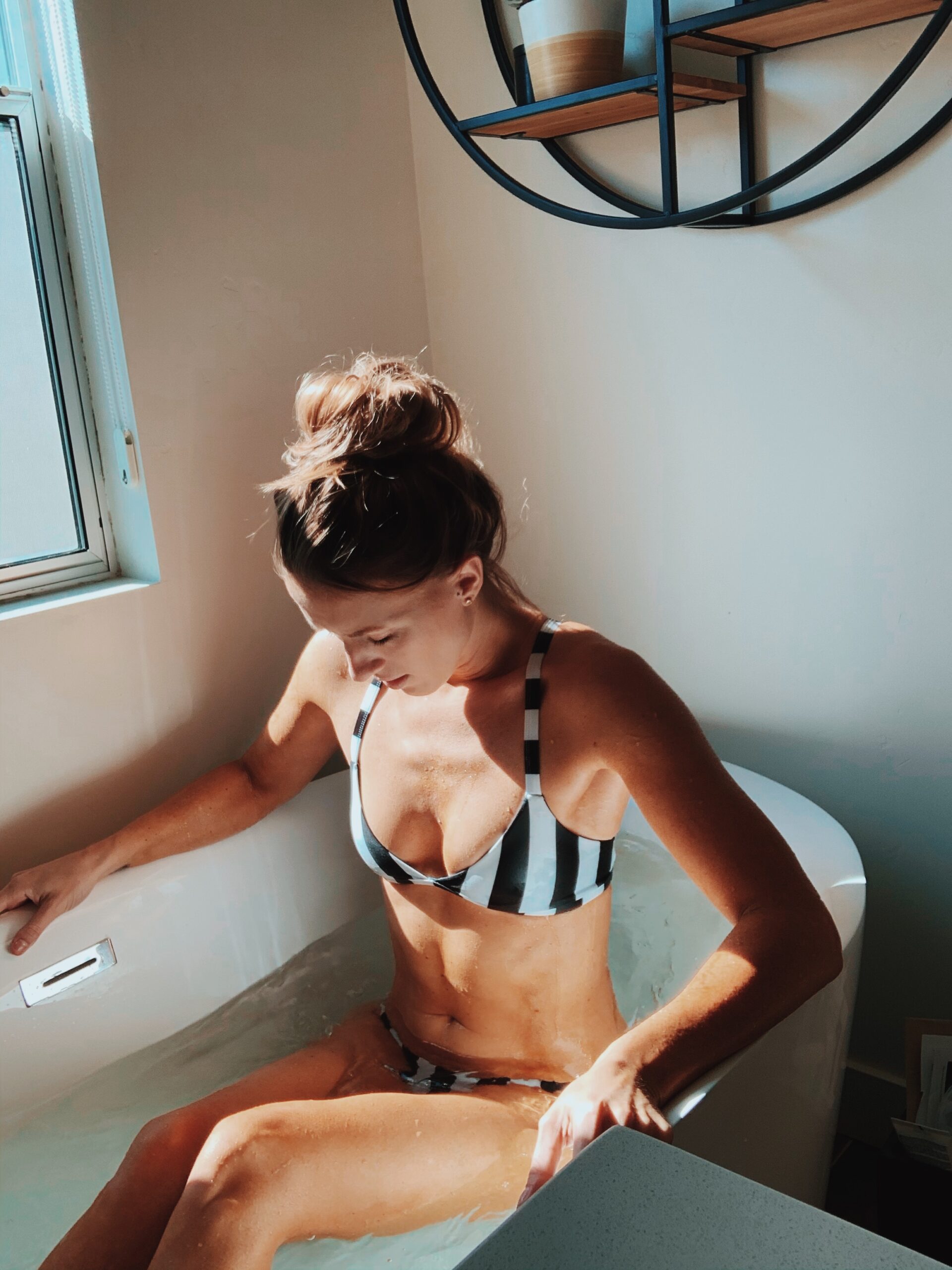
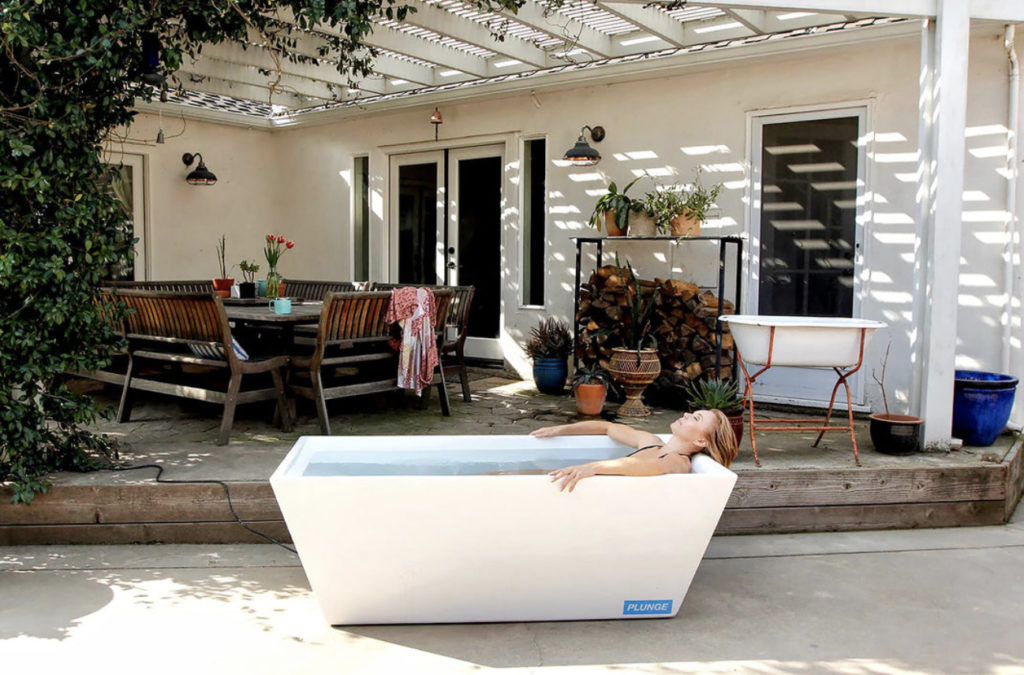
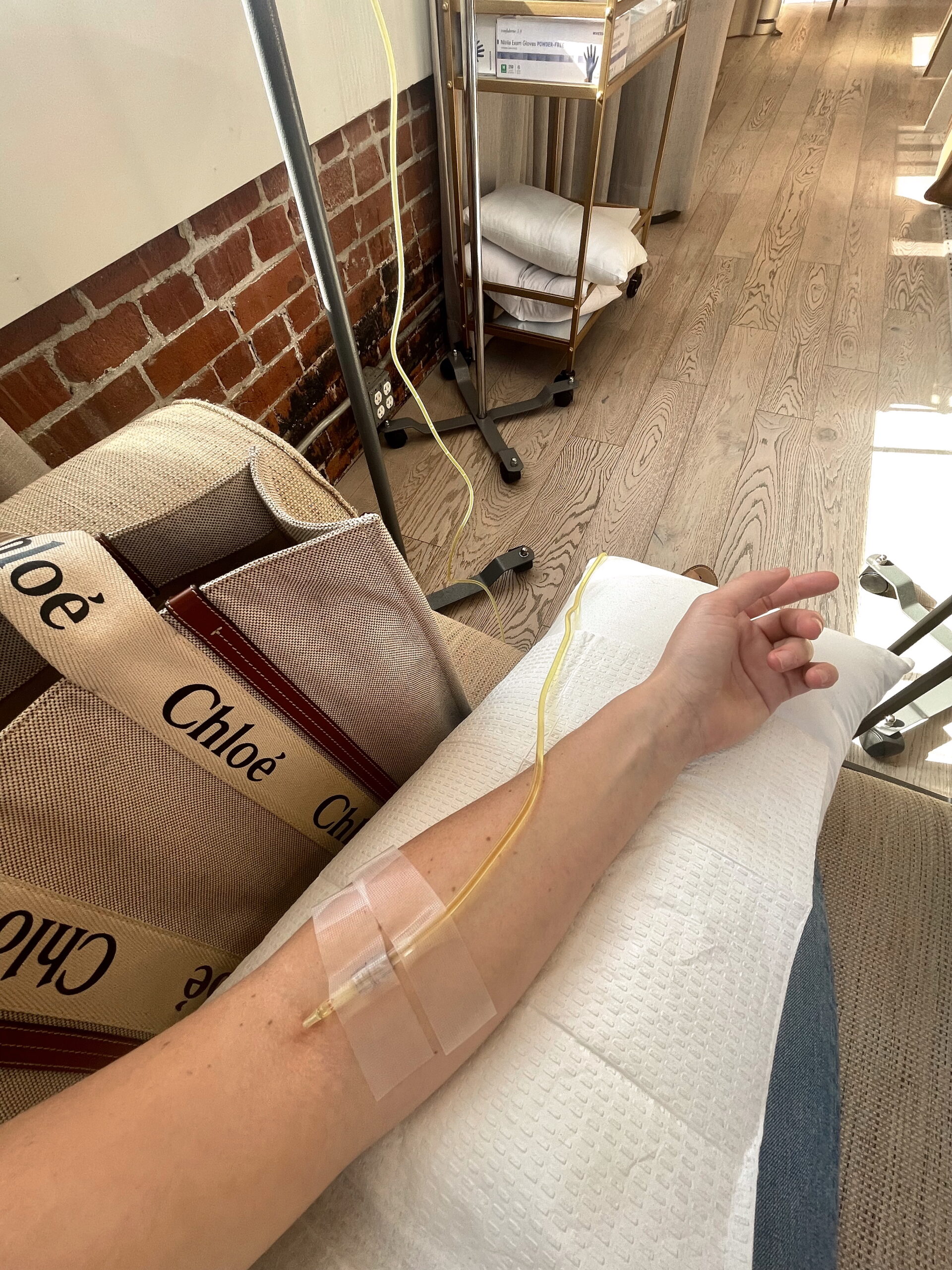
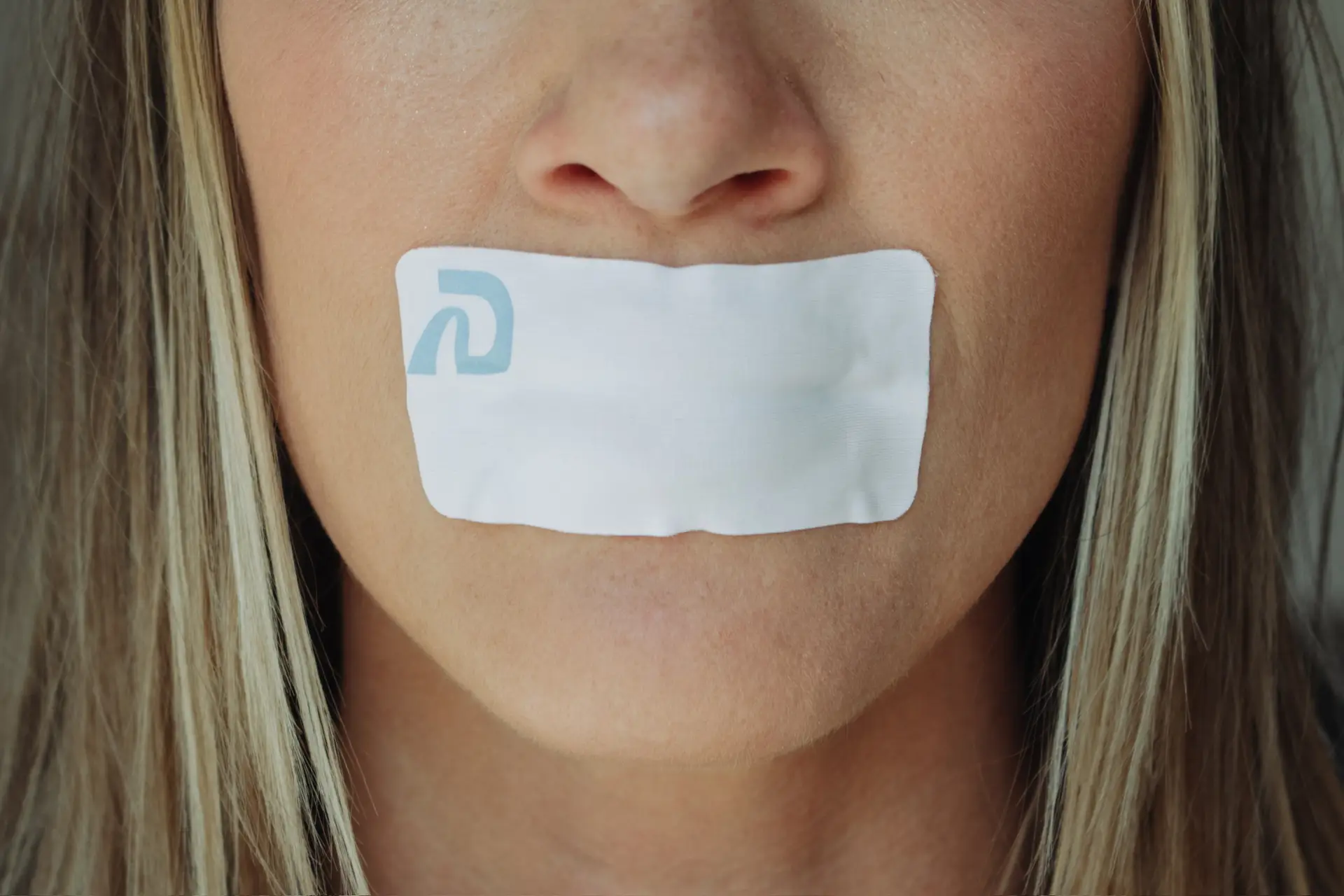
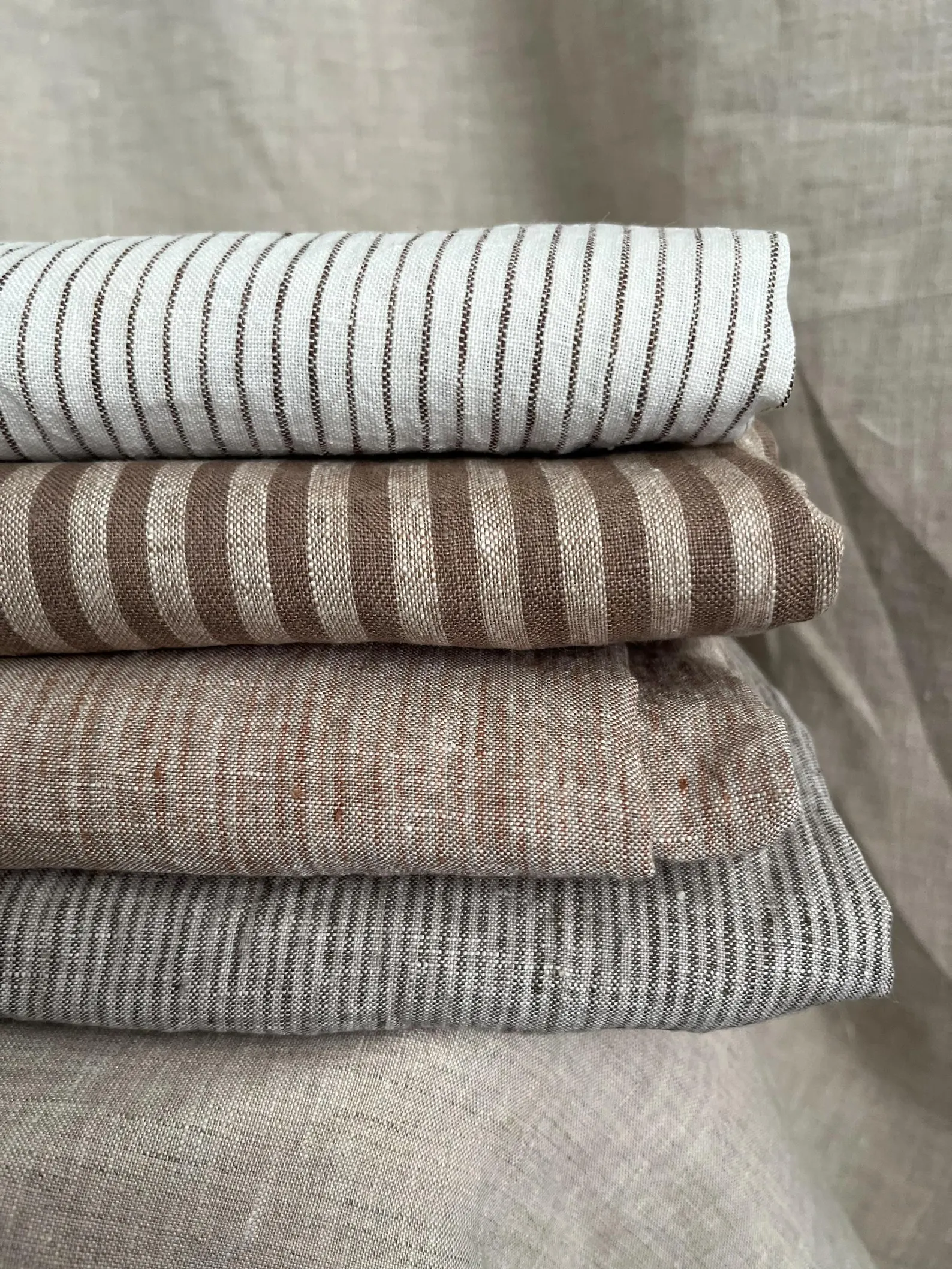
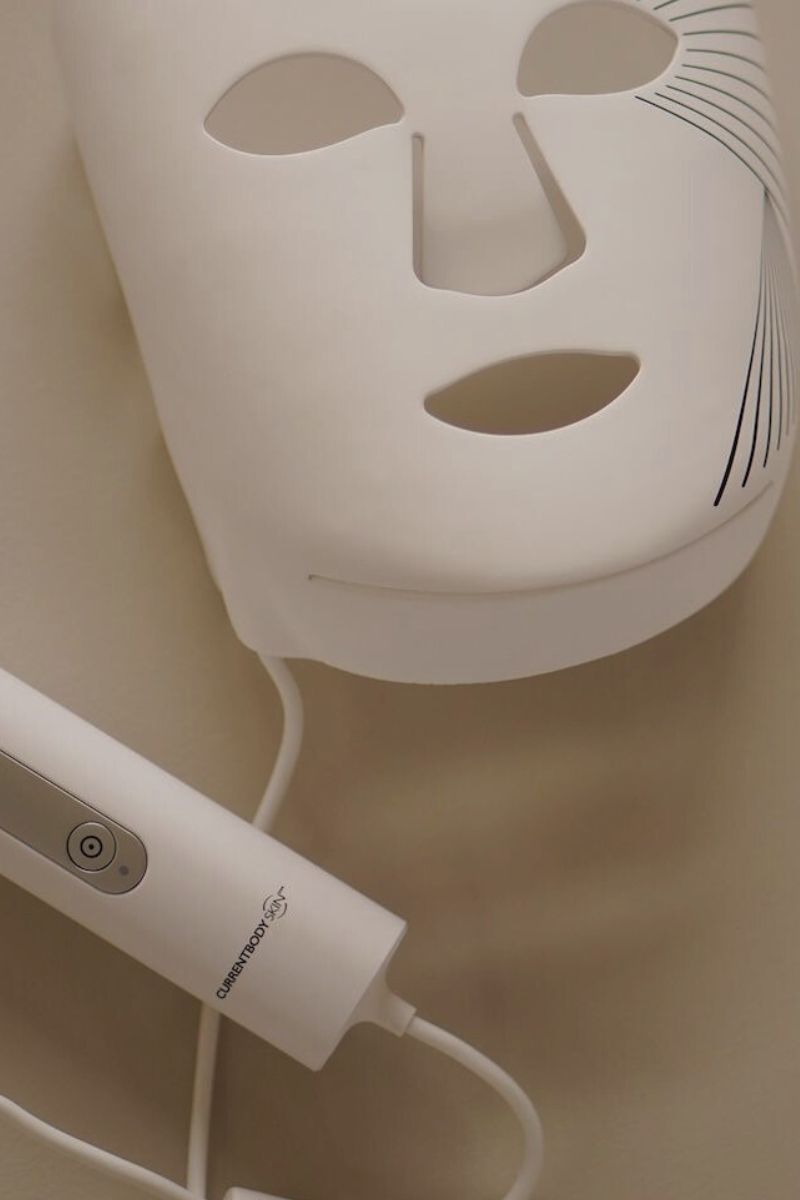

Comments +